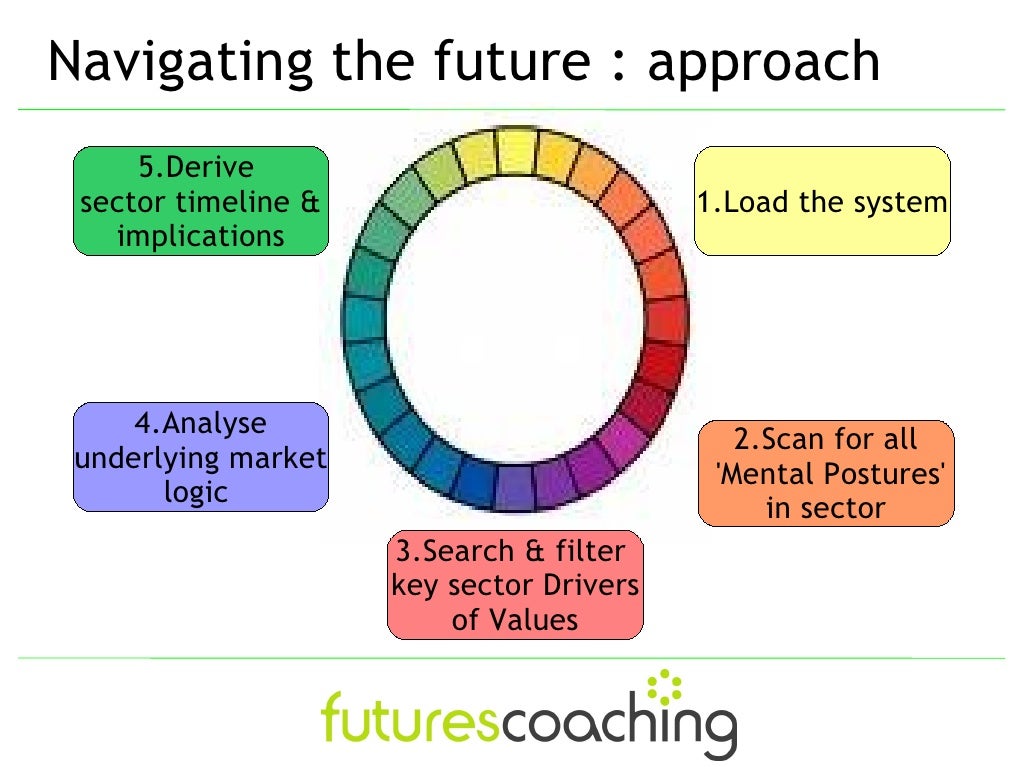Navigating the Future: A Comprehensive Guide to the 2025 Draft Landscape
Navigating the Future: A Comprehensive Guide to the 2025 Draft Landscape
Introduction
With enthusiasm, let’s navigate through the intriguing topic related to Navigating the Future: A Comprehensive Guide to the 2025 Draft Landscape. Let’s weave interesting information and offer fresh perspectives to the readers.
Table of Content

Navigating the Future: A Comprehensive Guide to the 2025 Draft Landscape
The year 2025 is rapidly approaching, and with it, a new wave of talent will enter the workforce. This influx of fresh perspectives and skills presents both challenges and opportunities for organizations seeking to stay competitive. To navigate this dynamic landscape, it is crucial to understand the evolving nature of the talent pool and the factors that will shape the 2025 draft process. This comprehensive guide aims to provide an in-depth analysis of the key trends, considerations, and strategies for success in the 2025 draft.
Understanding the Evolving Talent Landscape
The 2025 workforce will be defined by a confluence of demographic shifts, technological advancements, and evolving societal values.
1. The Rise of the Digital Native: The generation entering the workforce in 2025 will be deeply immersed in technology, possessing a level of digital fluency and comfort with automation that previous generations may not share. This translates to a workforce adept at navigating complex digital environments, understanding data, and leveraging technology for problem-solving.
2. The Demand for Soft Skills: While technical skills remain crucial, the 2025 draft will increasingly prioritize soft skills like critical thinking, communication, collaboration, and adaptability. The ability to learn quickly, work effectively in diverse teams, and navigate complex situations will be highly valued.
3. The Focus on Purpose and Impact: The 2025 generation will be motivated by a sense of purpose and a desire to make a positive impact. Companies that align with their values and offer opportunities for growth and contribution will be more attractive to top talent.
4. The Rise of Gig Economy and Remote Work: The future of work is increasingly flexible, with remote work and gig economy models gaining traction. This necessitates a shift in recruitment strategies, with companies needing to adapt to attracting and retaining talent in a geographically dispersed and potentially contract-based environment.
Navigating the 2025 Draft: Key Considerations
1. Embrace Data-Driven Insights: Leveraging data analytics to identify and assess talent will be crucial. Utilizing platforms that analyze candidate profiles, skills, and potential for growth can provide valuable insights for making informed draft decisions.
2. Prioritize Skills over Degrees: The traditional emphasis on academic qualifications is shifting. Instead, focus on identifying candidates with demonstrable skills, experience, and potential for development. This may involve evaluating portfolios, projects, and online presence to assess real-world abilities.
3. Foster a Culture of Continuous Learning: The 2025 workforce will require constant upskilling and reskilling. Investing in internal training programs, mentorship opportunities, and access to online learning platforms can help employees stay relevant and adapt to evolving industry demands.
4. Emphasize Diversity and Inclusion: A diverse and inclusive workforce fosters innovation and creativity. Adopt recruitment strategies that actively seek out talent from a wide range of backgrounds, experiences, and perspectives.
5. Cultivate a Positive Employer Brand: Building a strong employer brand that resonates with the values and aspirations of the 2025 generation is essential. This involves showcasing a company’s culture, mission, and commitment to employee growth and well-being.
Strategies for Success in the 2025 Draft
1. Proactive Talent Acquisition: Instead of waiting for candidates to apply, proactively engage with potential talent through online platforms, industry events, and outreach programs. Build relationships with educational institutions and industry associations to tap into emerging talent pools.
2. Utilize Technology for Streamlined Recruitment: Leverage applicant tracking systems, AI-powered screening tools, and virtual interview platforms to streamline the recruitment process and enhance efficiency.
3. Build a Strong Employer Value Proposition: Clearly articulate the benefits of joining your organization, including career growth opportunities, competitive compensation, flexible work arrangements, and a supportive work environment.
4. Foster a Culture of Mentorship: Create a culture where experienced employees mentor and guide new hires, facilitating their integration into the organization and providing valuable insights and support.
5. Invest in Employee Development: Provide opportunities for continuous learning and development, including internal training programs, mentorship opportunities, and access to external resources.
FAQs Regarding the 2025 Draft
Q: How can organizations prepare for the changing skills landscape?
A: Organizations should invest in reskilling and upskilling initiatives to equip their workforce with the necessary digital and soft skills for the future. This can involve internal training programs, partnerships with educational institutions, and access to online learning platforms.
Q: How can companies attract and retain talent in a flexible work environment?
A: Companies need to adapt their recruitment strategies to attract talent in a geographically dispersed environment. This may involve leveraging remote hiring platforms, offering flexible work arrangements, and prioritizing remote-friendly communication tools.
Q: How can organizations ensure diversity and inclusion in their recruitment process?
A: Organizations should actively seek out talent from a wide range of backgrounds, experiences, and perspectives. This can involve diversifying recruitment channels, implementing blind hiring practices, and providing equal opportunities for all candidates.
Q: What are the key factors to consider when assessing candidates for the 2025 draft?
A: Beyond academic qualifications, organizations should focus on assessing candidates’ skills, experience, potential for growth, and alignment with the company’s values and culture. This may involve evaluating portfolios, projects, and online presence to assess real-world abilities.
Q: How can organizations ensure they are building a positive employer brand?
A: Organizations should showcase their culture, mission, and commitment to employee growth and well-being through online presence, employee testimonials, and engagement with potential talent.
Tips for Success in the 2025 Draft
- Embrace a Growth Mindset: Foster a culture of continuous learning and development to adapt to the evolving skills landscape.
- Prioritize Employee Experience: Create a supportive and inclusive work environment that fosters employee engagement and well-being.
- Leverage Technology Wisely: Utilize technology to streamline recruitment processes, enhance communication, and foster collaboration.
- Build Strong Relationships with Educational Institutions: Partner with universities and colleges to identify and nurture emerging talent.
- Stay Informed about Industry Trends: Continuously monitor industry trends and adapt recruitment strategies to meet evolving demands.
Conclusion
The 2025 draft will be a pivotal moment in shaping the future of work. Organizations that embrace the evolving talent landscape, prioritize skills over degrees, and cultivate a culture of continuous learning will be well-positioned to attract and retain the top talent needed for success in the years to come. By understanding the key trends, considerations, and strategies outlined in this guide, organizations can navigate the 2025 draft with confidence and build a thriving workforce for the future.








Closure
Thus, we hope this article has provided valuable insights into Navigating the Future: A Comprehensive Guide to the 2025 Draft Landscape. We hope you find this article informative and beneficial. See you in our next article!